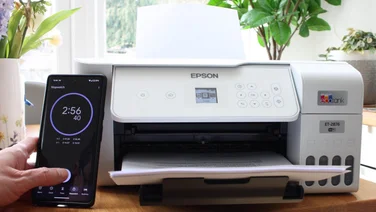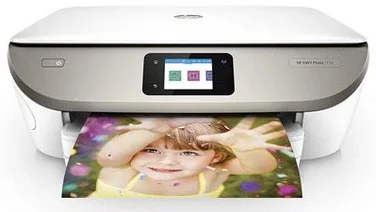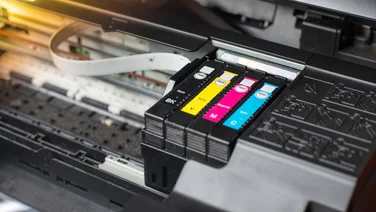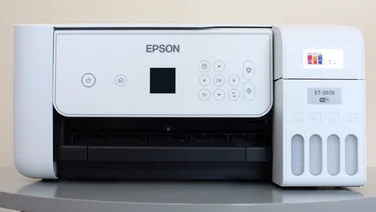To help us provide you with free impartial advice, we may earn a commission if you buy through links on our site. Learn more

The HF R106 is Canon’s cheapest AVCHD camera. It doesn’t look like a budget model, thanks to its petite, curvy design that’s in keeping with Canon’s more upmarket cameras. There are various omissions that distinguish it from these pricier models, though. For us, the biggest drawback is the lack of optical image stabilisation. Instead, an electronic stabilisation system crops the picture and moves the cropped area around the frame to counteract camera shake. This reduces picture quality a little, though, and it’s not nearly as effective as optical stabilisation, particularly when zoomed right in. As a result, the full 20x magnification is only usable in combination with a tripod. There’s no lamp for recording clips in low light, and no flash for the photo mode either. The battery has a smaller capacity than usual, and the resulting recording time of 83 minutes is disappointing. The R106 also lacks a touchscreen – something that’s normally standard issue at this price. This isn’t much of an inconvenience, as we find that navigating the menu is actually a little quicker with the five-way pad located beside the screen. However, it does mean that touch-for-spot focus and spot exposure functions aren’t available. The screen’s 112,000-pixel resolution is also disappointing – that’s half the resolution of most other HD camcorders’ screens, and around 20 times less then 1,920×1,080-pixel video it records. Fortunately, a momentary digital zoom makes it easy to adjust the focus manually, so the low screen resolution doesn’t stand in the way of operation. Other options include manual exposure, although this is presented as an exposure lock with compensation rather than a fully variable control with independent access to shutter speed, iris and gain. Progressive scan recording is available, dispensing with the jagged horizontal lines that can diminish picture quality when saving interlaced video for the web. With its tiny 1/5.5in sensor, we didn’t have high expectations for the R106’s image quality. Sure enough, details weren’t as crisp as in clips from AVCHD cameras based around 1/4in and larger sensors. The difference was fairly subtle in bright light, though. The R106 was certainly much closer to the Panasonic SD60 with its 1/4in sensor than to the Panasonic TM10, which has a 1/6in sensor. In low light, the R106’s noise reduction processing had its work cut out, and fine details were lost in the battle against noise. Some noise still got through, but rather than appearing as a continuous fizz, only the noisiest pixels broke through the noise reduction, resulting in scattered heavy blotches. We found this to be quite ugly and distracting. At least colours remained accurate, unlike other budget HD camcorders that reduce the saturation in an attempt to mask noise. Sound quality from the built-in stereo microphone was reasonably full-bodied, but it lacked the high-frequency crispness offered by Panasonic and Sony’s AVCHD cameras. As usual at this price, there’s no option to attach an external microphone.
When viewed in isolation, the R106 seems decent enough, but it can’t compete on value compared to similarly priced rivals such as the Panasonic SD60 or Sony CX115E. Both models have a larger sensor for superior picture quality, include optical image stabilisation, a higher-resolution touchscreen and a longer battery life. The R106 does nothing to claw back any points, so it’s impossible to recommend it.





